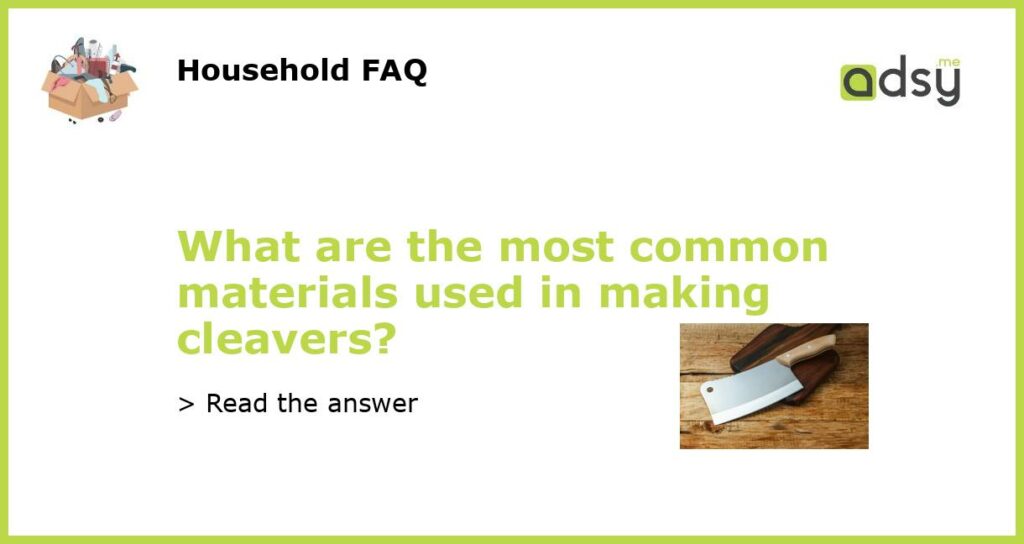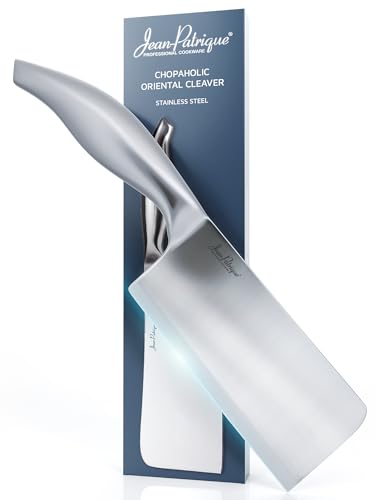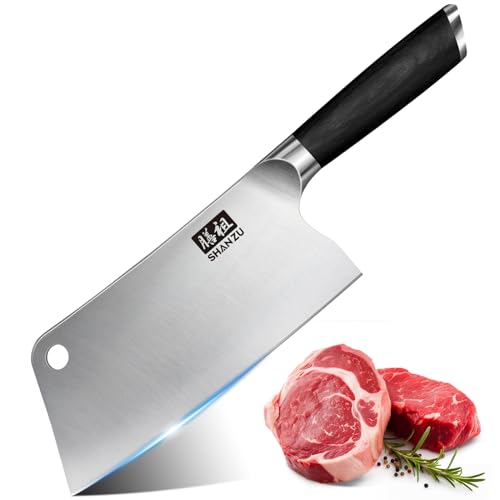The Basics of Cleavers
Cleavers are knives that are primarily used for chopping meat and vegetables. While their size and shape can vary, one thing remains constant: they’re made of a variety of materials that boast differing strengths and weaknesses.
Stainless Steel Cleavers
Stainless steel is a popular choice for cleavers because it’s affordable and durable. These knives are resistant to rust and can be easily sharpened, but they’re also prone to chipping and can be challenging to maintain over time.
Carbon Steel Cleavers
Carbon steel is another favorite for cleaver manufacturers. These knives are strong and hold an edge well, but they’re also vulnerable to rust and corrosion. This material is often paired with stainless steel to create a blade that is both sharp and durable.
Ceramic Cleavers
Ceramic is a relatively new and more expensive material that cleaver manufacturers are using. These knives are incredibly sharp and stay that way for a long time. They’re also lightweight and easy to control. However, they are brittle and can chip easily if dropped or hit at the wrong angle.
High-Carbon Stainless Steel Cleavers
This hybrid material combines the best of both worlds: the strength and durability of carbon steel with the rust and corrosion resistance of stainless steel. High-carbon stainless steel cleavers are sharper and more durable than their stainless-steel counterparts, but they’re still prone to chipping if not maintained properly.
The material that cleaver manufacturers choose influences the price, durability, and overall performance of the knife. Customers are encouraged to consider what they’ll be using the knife for, how much care they’d like to put into it, and how much they’re willing to spend before making a final decision.






